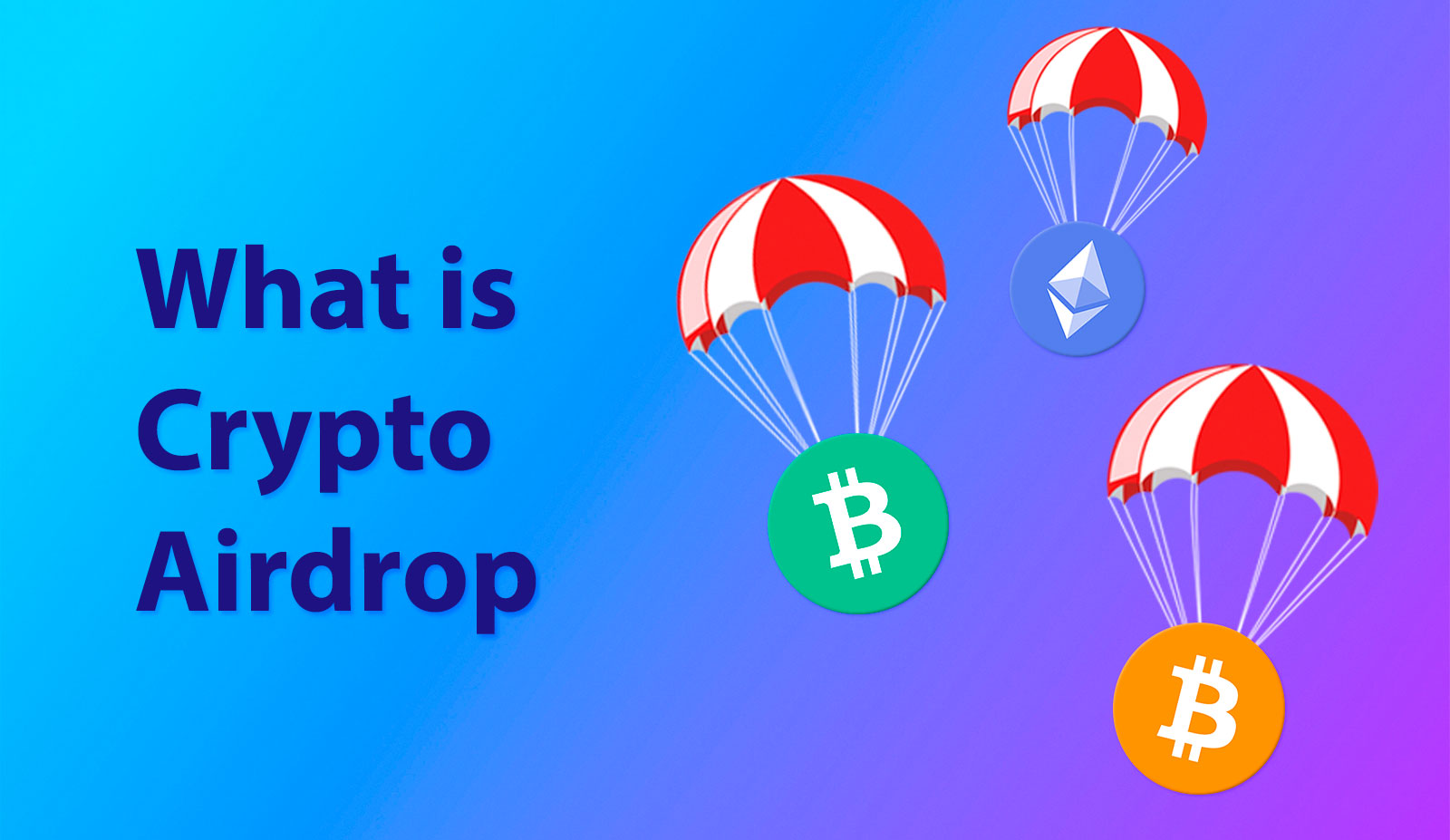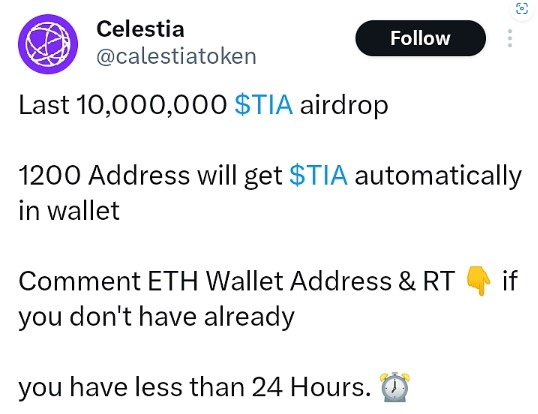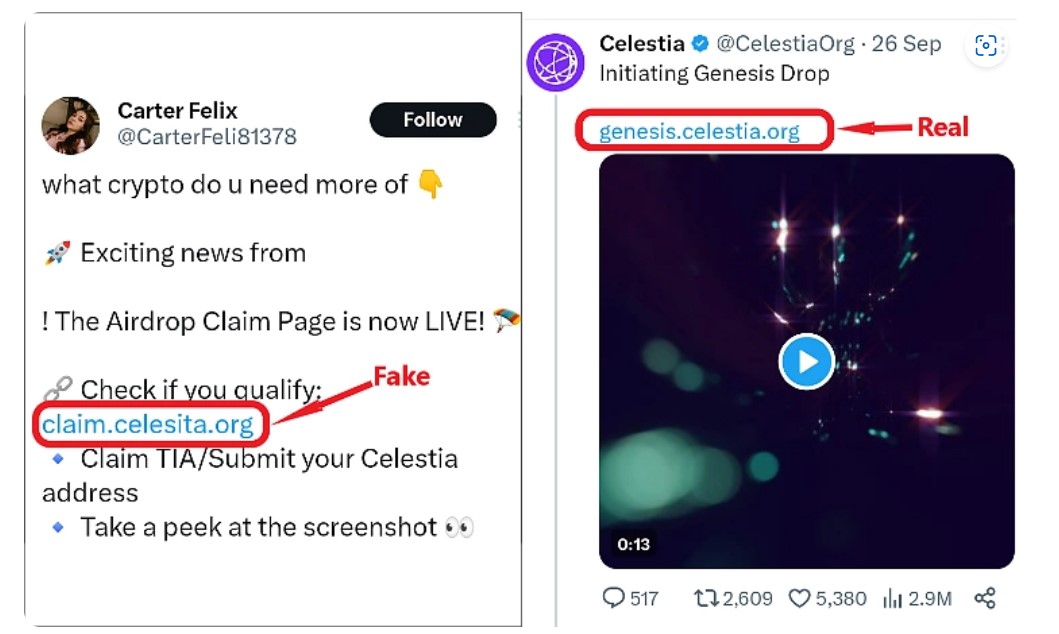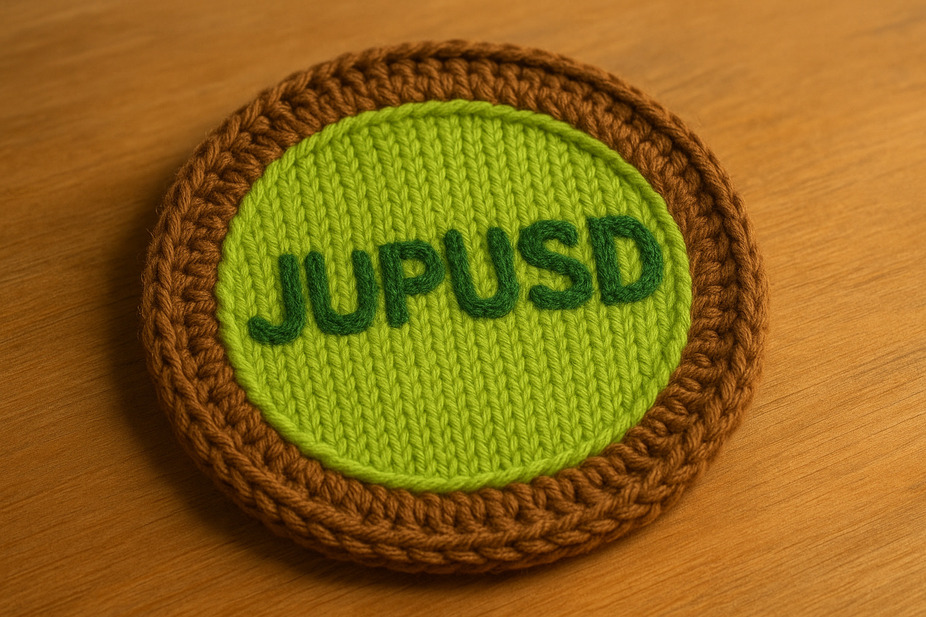What is a Crypto Airdrop and How Does It Work?
Crypto airdrops are a dynamic strategy in the blockchain ecosystem, designed to distribute tokens or digital assets for free to a select group of users. These airdrops serve multiple purposes: from marketing new projects and engaging communities to rewarding loyal users and driving adoption. By utilizing airdrops, projects can create buzz, expand their user base, and incentivize early adoption without requiring any investment from the recipients. However, while airdrops can offer lucrative opportunities, they also come with risks such as potential pump-and-dump schemes and privacy concerns. Learn the nuances of this innovative marketing tool in our article.

What is a Crypto & Tokens Airdrop?
A crypto airdrop is like a giveaway by new blockchain startups to kickstart their virtual currency projects. The goal is to get the word out about their crypto and have more people trading it once it hits the exchange as an initial coin offering (ICO).
You’ll usually hear about airdrops on the company’s website, social media, or in cryptocurrency forums. They send the free coins or tokens to specific wallets on the blockchain or to those who already have some coins in their wallets.
Usually, to get a token airdrop, you need to do a little something in return. These tasks can be pretty simple, like:
- Following an account on social media.
- Sharing or retweeting one of their posts with specific hashtags.
- Sending or receiving a transaction using a particular crypto platform or wallet.
- Creating an account and signing up for updates.
Sometimes, though, you might just get an airdrop without having to do anything at all. Legit token airdrops will never ask you to invest any money. They’re just a way for new projects to get noticed without having to go after outside funding before launching their tokens.
Types of Airdrops
Crypto projects use different types of airdrops depending on their goals. Some want to build a community after a network split, others aim to attract new users, and some just want to stand out in a crowded market. Here are the main types:
- Standard Airdrop: Just sign up with a valid wallet address to get free tokens. These airdrops often have a limited supply and are first-come-first-serve, so they can run out fast. Be aware that people might create multiple wallets to grab more tokens.
- Bounty Airdrop: Do simple tasks like posting on social media, retweeting, or joining a newsletter to earn points. Collect enough points to qualify for the airdrop. For example, 300 points might get you the tokens, with each task worth 100 points.
- Holder Airdrop: If you already hold a certain amount of tokens, you automatically get more tokens. The blockchain’s public ledger makes this process transparent. However, only those with significant holdings usually benefit.
- Exclusive Airdrop: Specific people are chosen for an airdrop based on factors like their involvement in the project, spending on non-token activities, or forum participation. This can reward active community members even if they don’t hold many tokens.
- Raffle Airdrop: Earn a raffle ticket by holding tokens, earning points, or just expressing interest. Since demand often exceeds supply, winners are randomly selected to receive the tokens.
- Hard Fork Airdrop: New coins are given when a protocol splits. For example, ETHPoW was given to Ethereum holders after The Merge.
Why Do Projects Do Airdrops?
Giving away free tokens might seem weird, but there are smart reasons behind it. Here’s why crypto projects love airdrops:
- Creating Buzz: Airdrops create excitement and get people talking about the project. By giving tokens to lots of users, projects can boost their visibility and draw in new folks. This buzz can lead to more adoption, a growing community, and potential investments.
- Spreading the Tokens: Airdrops help spread tokens to a wider audience, making ownership more diverse and decentralized. This helps prevent a few people from controlling most of the tokens.
- Rewarding Loyalty: They’re a great way to thank loyal supporters and early adopters. Giving tokens to existing users keeps them engaged and fosters loyalty within the community.
- Attracting New Users: Besides rewarding current users, airdrops can also attract newbies. Offering free tokens or rewards for completing tasks gets new people interested in the project, who might stick around for the long haul.
While airdrops have big benefits, their success hinges on the project’s overall value, community engagement, and long-term plans. The best airdrops come with solid marketing, clear tokenomics, and a strong development roadmap.
How Crypto Airdrops Work
Here’s the lowdown on how crypto airdrops usually go down:
- The project team shares details and requirements for airdrop through their official social media accounts as well as in crypto communities.
- Interested folks sign up for the airdrop by giving their wallet address, other info, or completing the needed tasks.
- The project team checks if the participants are eligible and legit, then sends the tokens to their wallets based on the airdrop rules.
- Participants get the tokens in their wallets and can use them as per the project’s terms and conditions.
Making Money with Crypto Airdrops
Crypto airdrops are a cool way for crypto fans to earn some extra cash. Here are a couple of ways to do it:
- Selling: You can sell the tokens as soon as they hit your wallet. Depending on how popular they are, the price might go up or down.
- Holding: Another option is to hang onto the tokens and wait for them to appreciate. If the project takes off and becomes valuable, your tokens could be worth a lot more down the line.
If you’re deep into the “airdrop hunt,” there’s always a shot at making some serious cash, but it’s never a sure thing.
Your earnings can be all over the place and depend on a ton of factors. There’s no way to predict exactly how much you’ll make from an airdrop—it could be nothing, or it could be thousands of dollars.
Airdrop hunters are always on the lookout for new drops and jump in whenever they can, sometimes even teaming up with others. A good example is from 2017 when Ethereum holders got free OmiseGo (OMG) tokens, which later shot up in value. Another big win was the Uniswap airdrop, where users got 400 UNI tokens each, worth up to $17,000 at one point.
But it’s not all sunshine and rainbows. Some airdrops turn out to be scams, asking for investments and then leaving people empty-handed. Plus, most of the tokens you get are hard to sell right away because they don’t have high liquidity at the start.
How to Avoid Airdrop Scams
Crypto projects often announce giveaways to attract users and build their community. Major giveaways are usually well-publicized on their official websites and social media.
Before jumping into any new airdrop, take some time to study the details. Check for feedback from other users who have participated. Always rely on official sources and verify links thoroughly.
Here are some tips to stay safe:
- Research Thoroughly: Investigate new projects before participating. Be cautious of any airdrop asking for crypto assets upfront.
- Check Sources: Double-check references and compare them with official information. Look out for fake sites with typos and ensure the people promoting the airdrop are legitimate.
- Protect Your Keys: Never share your private keys or seed phrases. Genuine airdrops will never ask for these.
- Verify on Reputable Sites: Double-check links on CoinGecko and CoinMarketCap. Phishing sites rarely appear there.
- Media Coverage: Well-known projects will be covered by major crypto media like CoinDesk, Cointelegraph, and The Block. If a project isn’t mentioned, be cautious.
- Be Wary of DMs and Emails: Airdrop offers in private messages or emails are usually scams. Most genuine airdrops are for active users, not random recipients.
- Contribution Requests: If an airdrop asks for a contribution, it’s likely a scam.
- Wallet Connections: Always check the official project website before connecting your wallet. Scams often involve fake token branding sites.
- Community Checks: Verify community links through the official project website to avoid fake groups on Telegram or Discord.
- Smart Contract Verification: Before signing transactions, check the smart contract address on Etherscan. Legitimate projects will usually have a verified tag.
Stay vigilant and double-check everything to avoid falling into the scam trap.
Examples of Airdrop Scams
Beware of Airdrop Scams!
Celestia recently did an airdrop of their TIA tokens, and guess what? A bunch of fake accounts popped up, spreading info about a “last chance” to grab these coins.
Check out the screenshot: it shows a sneaky fake Celestia profile on social network X. Notice the names: “calestiatoken” (fake) vs. “CelestiaOrg” (real).

Here’s how the scam works: potential investors are lured in with false promises. They’re told they only have “24 hours” to comment their Ethereum addresses and share the scammy post.
This way, the scam spreads fast, attracting a targeted audience. Even though the 1,200 addresses mentioned might get some TIA tokens, they’ll have to connect to the fake website to do it.
Lots of projects ask investors to check their airdrop eligibility by connecting their wallets on a special page. Scammers exploit this by creating fake sites with similar names.

For instance, see the screenshot above with two links that look like they lead to Celestia’s coins branding. Newbies might quickly turn to a fake site, which then asks them to connect a wallet or provide a seed phrase.
Airdrop scams are also rampant in the NFT space.
“If you see suspicious items in your NFT [Web3 wallet] tab that you didn’t buy and look more like ads than digital art, telling you to click a link for a giveaway—don’t do it. It’s best not to interact with such tokens at all. Hide them or add them to your portfolio’s ‘Suspicious NFTs’ list,” advise the experts at MetaMask.
How to Find Real Airdrops
Looking for legit crypto giveaways? Here’s how you can track them down:
- Specialized Sites: There are websites dedicated to listing new airdrops regularly. They’re pretty handy.
- Social Media: Keep an eye on project announcements on Telegram and Twitter (now called X). These platforms are super popular for updates.
- Forums: Bitcointalk and similar forums are great spots to find out about new airdrops from the community.
- Official Websites and Newsletters: Check out the official sites of cryptocurrencies and sign up for their newsletters to stay in the loop.
- Get Involved: Being active in the crypto community, trying out new platforms, and holding promising tokens can sometimes lead to future airdrops.
Remember, the world of airdrops isn’t fully regulated. Be cautious—don’t give out personal info or invest money just to qualify for an airdrop.
Successful Airdrop Examples
Crypto has had its fair share of awesome airdrops. Here are some big ones that paid off for both the projects and the participants:
- Uniswap: In September 2020, Uniswap, a decentralized exchange, airdropped its native token, UNI, to users who had interacted with the platform before a certain date. Each eligible user got 400 UNI tokens, worth over $1,000 at the time.
- 1inch: In December 2020, 1inch, a decentralized exchange aggregator, airdropped its native token, 1INCH, to users who had traded on the platform or interacted with its smart contracts before a specific block height. Eligible users received a chunk of the 6% of the total 1INCH token supply set aside for the airdrop.
- Ethereum Name Service (ENS): In November 2021, ENS, a naming system for Ethereum addresses, airdropped its governance token, ENS, to users who had registered .eth domain names or made significant contributions to the ENS ecosystem before a certain date.
These examples show how airdrops can be a win-win, distributing tokens, rewarding users, and generating buzz. By looking at these successes, you can better understand the potential benefits and risks, helping you make smart choices when diving into the world of free token distributions in crypto.












